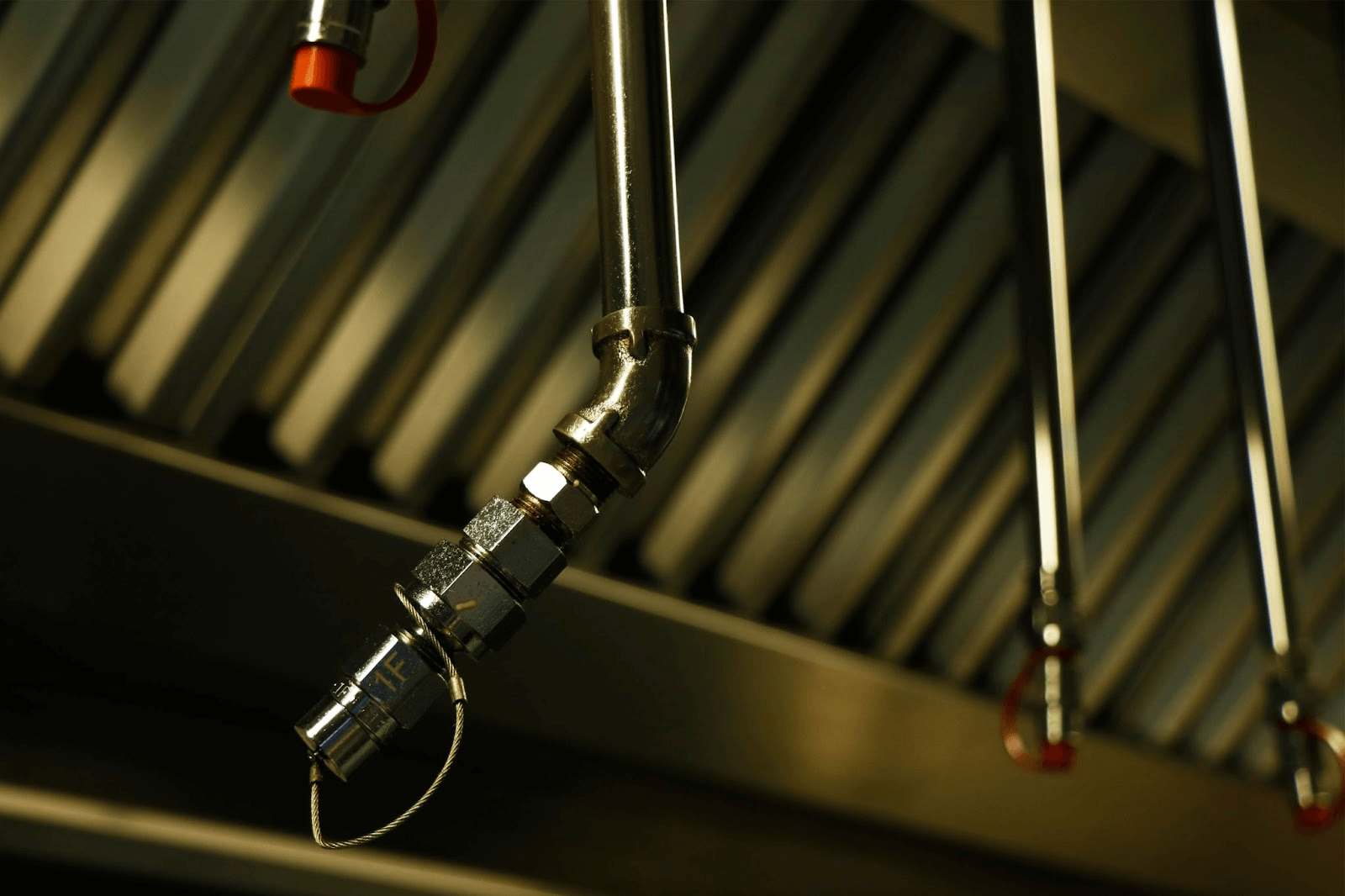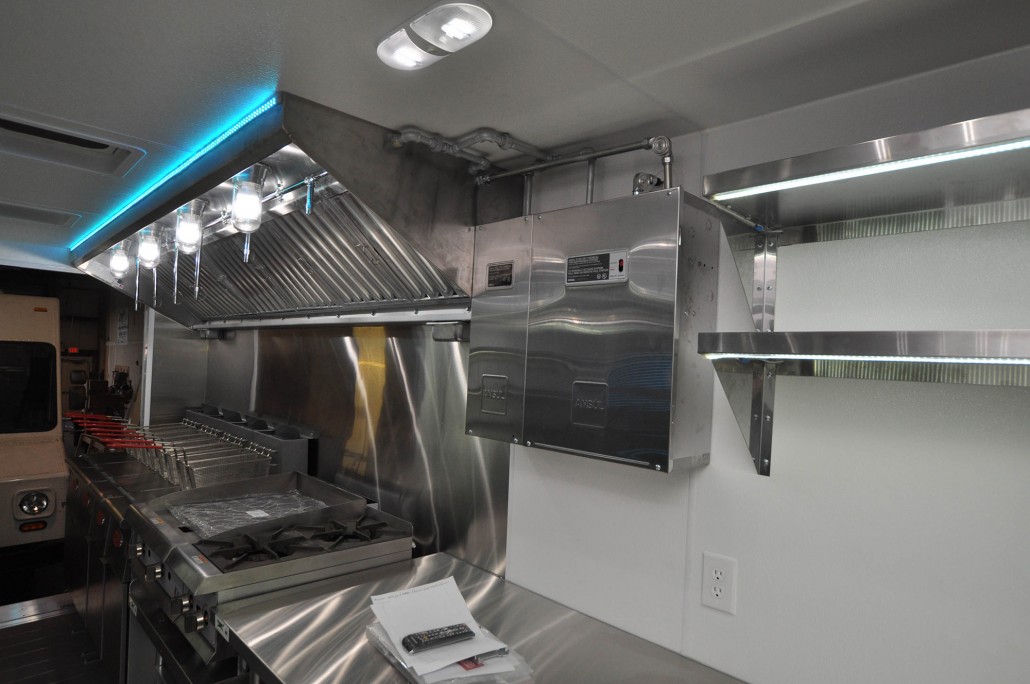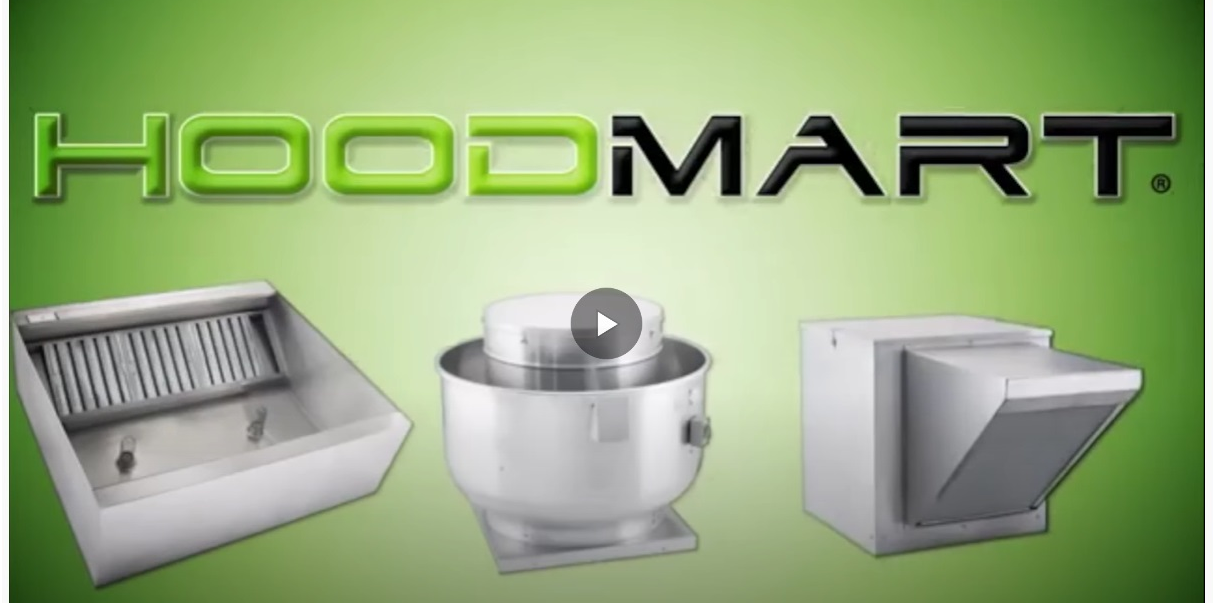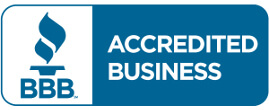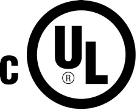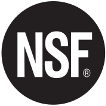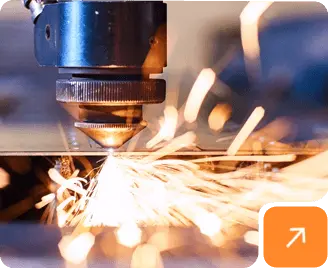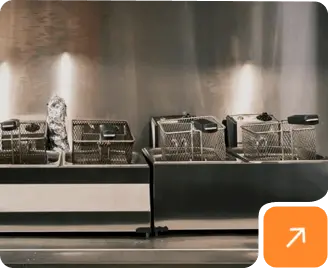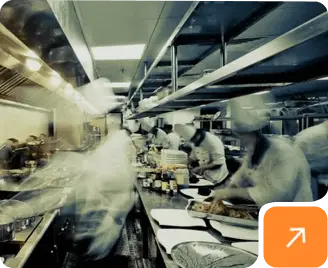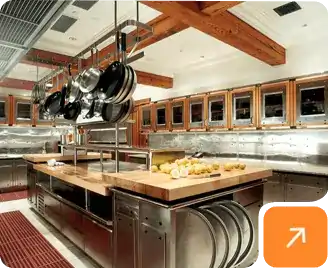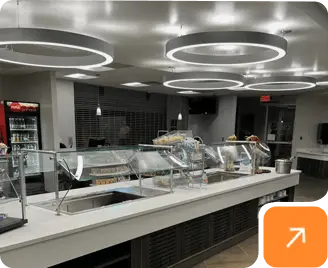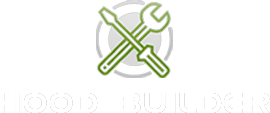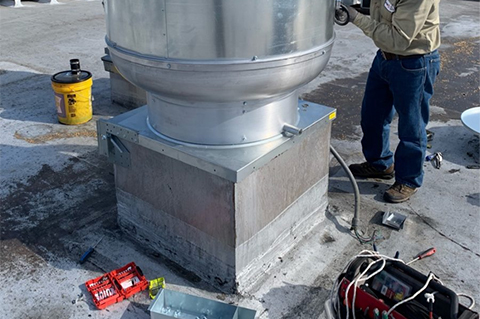
Selecting the Ideal Spot for Your Exhaust Fan
If you're setting up a new kitchen or planning to enhance your existing kitchen space, installing a new exhaust hood system is a crucial consideration. While the visible exhaust hood in the kitchen holds significance, the unsung hero of this system is undoubtedly the exhaust fan. The exhaust fan plays a vital role in maintaining optimal air quality and is responsible for removing smoke, grease, odors, moisture, and hot air from the kitchen. Taking the right steps before the exhaust fan installation can ensure a seamless and hassle-free process.
Crucial Components: Curb, Mounting, and Inspection
A curb is necessary because the fan will be installed on the rooftop. This structure covers the opening cut into the roof during installation and secures the fan unit in place. Once the curb is in position, securely mount the fan onto it. Subsequently, thoroughly check key components such as the fan wheel, pulley, and belts to ensure proper functionality. After confirming these elements, install the exhaust fan hinge kit, a requirement according to NFPA 96 fire codes. This kit enables easy access for inspections, maintenance, and cleaning.
NFPA 96 Compliance: Grease Trap Installation
NFPA 96 Compliance: Grease Trap Installation
Conclude the installation process by adhering to another NFPA 96 fire code requirement: a grease trap installation. Various types of grease traps are available, ensuring compatibility with your exhaust fan. To select the right grease trap for your commercial kitchen exhaust fan, assess the kitchen's cooking volume and methods, ensuring the trap can handle the grease production. Consider the layout and size of your kitchen, choosing a grease trap that aligns with the exhaust fan's capacity. Additionally, consult local codes, and manufacturer recommendations, and prioritize systems that are easy to maintain for optimal efficiency in managing kitchen grease.
Advanced Considerations: The Finer Details
While this guide provides the fundamental steps for a rooftop exhaust fan installation, it's essential to consider more intricate details, such as electrical components. However, by following the preparations and steps outlined in this guide, you'll have the foundational requirements for a seamless rooftop exhaust fan installation.
HoodMart – Your One Stop Hood Shop™
Why choose HoodMart? It's not just about hoods – it's about a kitchen transformation and having experts who understand all the details.
Our extensive range includes Compensating (Short Cycle) and Perforated Supply Plenum PSP, along with all the essentials like no-weld grease ducts, hood filters, canopy hood lights, and curbs. Wondering about the purchase of your hood system? Our experts are a call away at 1.855.280.0783!








 CUSTOM FABRICATOR
CUSTOM FABRICATOR








